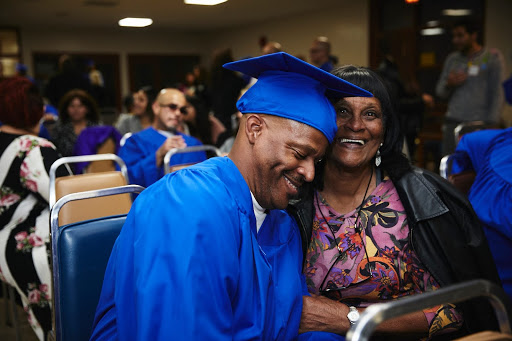Finding Light in a Dark Place: Volunteering in Pelican Bay State Prison
August 22, 2019
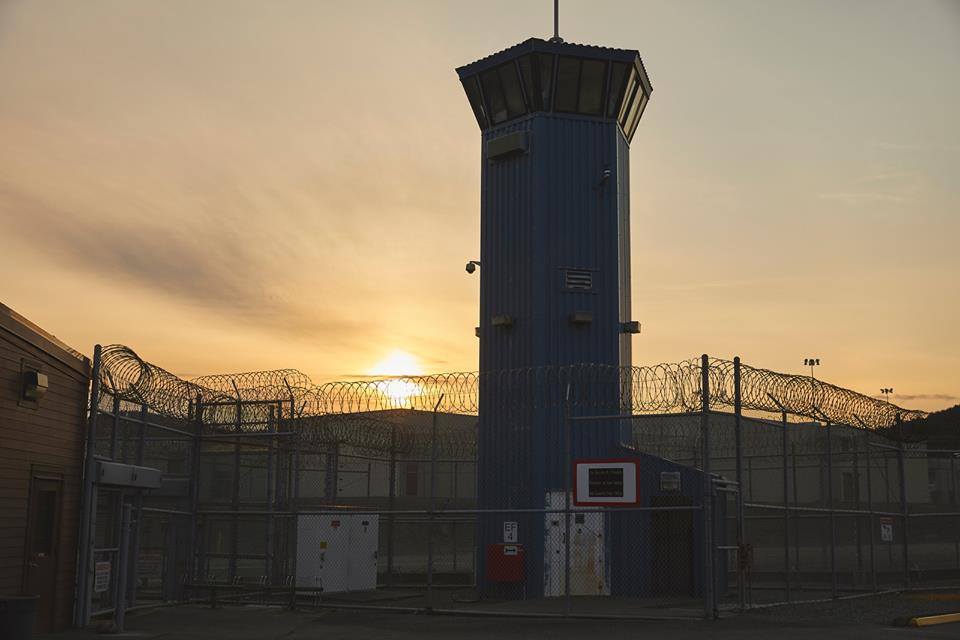
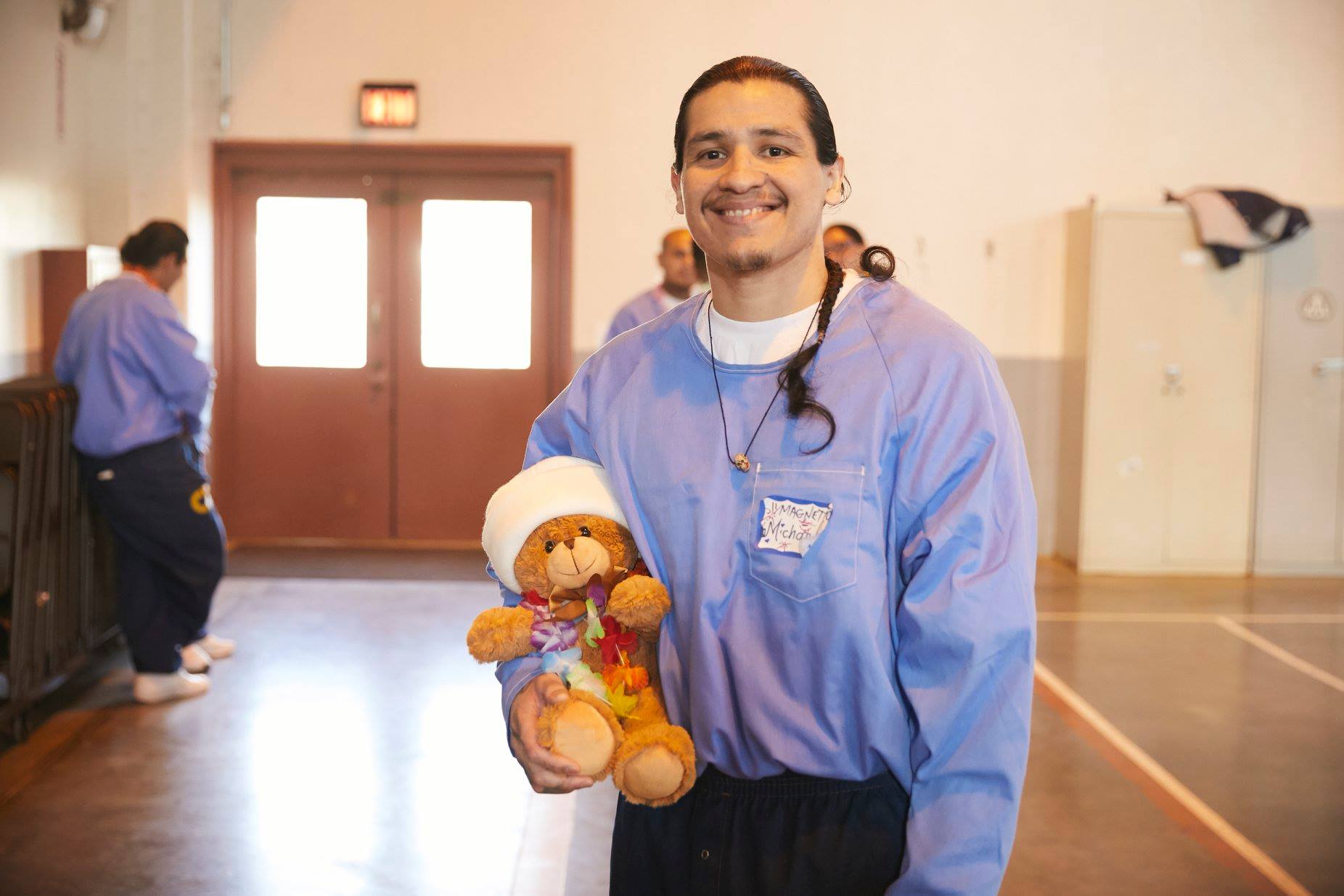
Those handwritten words to me are from 27-year-old Michael, who has missed the last five years of his 9-year-old daughter’s life while incarcerated. They are my most precious memento from spending two very long days volunteering inside Pelican Bay State Prison in December 2018. Pelican Bay is remote--a 2½-hour drive on a winding, mostly two-lane highway from the Medford, Oregon airport. Arriving at the gate on dark December mornings before 7 am (ID check #1), you don’t get the full contrast between the evergreen forest surrounding the prison and the starkness of the concrete, steel, and barbed wire within it.
Say goodbye to your cell phone as you lock it in the car for the next 10-14 hours. No wallets, purses, money, fitbits, or Apple watches can come into the prison. Bring your photo ID and car keys. That’s it. The dress code prescribes style of clothing and color--no blue, green, gray, or orange--and no underwire bras or tight or sheer anything. In the administration building (ID check #2), we make name tags, fill out an intention sheet for the day--they’re expecting deep thinking at 7 am???), and get acquainted with volunteers who’ve come from every corner of this country, Mexico, and Canada. Then we get a safety talk from staff. The most important rule--No running in prison, no matter what!
The next step is the metal detector and wanding (ID check #3) at the secure perimeter. Then we pass beneath the guard tower pictured above through a metal cage adorned with razor wire on top--8 people max--where the first door has to clank shut before the second one starts to open. There is a bus ride to the next building (ID check #4), then we walk across the Yard, past incarcerated men watching us. Yes, we are really in prison! When we reach the gym, the door opens to a deafening roar...
We enter through a “tunnel of love,” where the incarcerated men participating in the program (referred to as Mavericks) are cheering and high-fiving and treating us like rock stars. We do ice-breaker exercises during the hour it takes to get all 100 volunteers through the entry process. The guys are warm, welcoming, polite, and eager to get to know these strangers who chose to invest time in them instead of doing, really, anything else with this day.
_SWOgKym.jpg)
The days have periods of incredible energy, dancing (“Party at Pelican Bay”), bear hugs, and lots of goofiness. There are also times of deep vulnerability, sharing of hard stuff, and, oh yes, tears. These days complete a six-month program during which the men spent 20+ hours a week learning everything from basic etiquette and check writing to character building and parenting skills to business and entrepreneurship basics. They passed a final exam, earning a certificate from the MBA program at Baylor University, despite having an average 8th grade formal education.
In small groups we heard, gave feedback, and judged shark-tank style pitches the men made for small businesses they could start when they get out of prison. The top five get IOUs for actual money when they are released. Yes, it was a competition, and for some of them, getting up in front of us and getting through their pitch at all was a huge success. They were all loved and supported for their efforts.
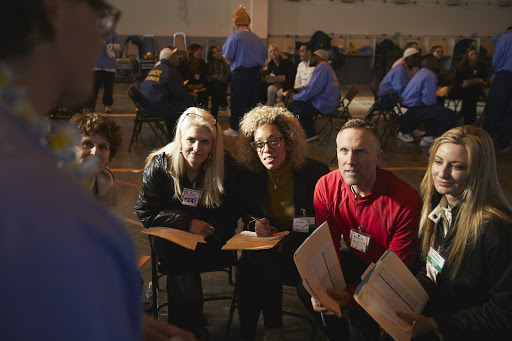
There was no darkness in that gym. There was joy, love, acceptance, caring, and hope. The “Step to the Line” exercise, which clearly revealed many of the accidents of birth that led people in different directions, as well as some deep similarities, ended with “Although I’ve been revealing difficult things and have made myself vulnerable in this exercise, right here, right now, I feel safe, accepted, and loved.” Everyone was on the line for that. I personally had never before felt so valued for simply showing up and being me as I did those two days, and I’m not the only one who felt that way.
One huge difference between the incarcerated men and the volunteers was shown by the statement: “There were more than 50 books in my home growing up.” Almost all of the volunteers were on the line for that one, and precious few of the incarcerated men. With different circumstances, every one of us could have had different outcomes. If the only men you ever saw as a child were drug dealers and gang members, what options would you really have had? Which is not to say that these men had not made grave mistakes. They had, they owned them, they are paying the price, and they prove that people can change if they choose to and they have an opportunity. Many of them never had a legitimate first chance.
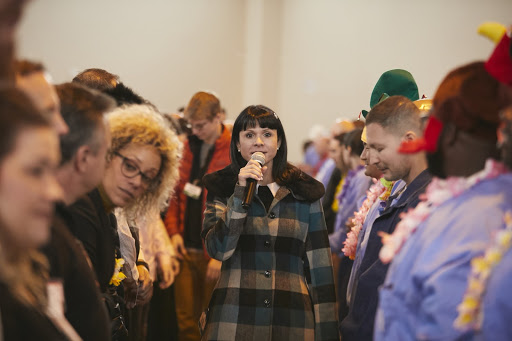
The end of day two was graduation. We went back a level of security (ID check #5) to the visitor’s center, where we glommed onto the guys without family coming to support them. Many had never worn a cap and gown before. Many had not seen their families for years, even decades, because the prison is so remote and visitation so expensive and difficult for the families.
One mother who lives in Louisiana had not seen her son for 24 years (somebody donated airline miles to get her there)! The men crossed the stage one by one to Pomp and Circumstance blaring and everyone cheering, had photo ops with their certificates, gave teddy bears with personalized t-shirts and red roses to family members, made all of us cry with “love bomb” talks on stage to their family visitors, had a slow dance with family, and then we all ate pizza and did some serious dancing. Oh, the feelings!
This program, which also provides post-release support, boasts a recidivism (being rearrested) rate less than 10% after five years, compared to the national average of 76%. It works!
